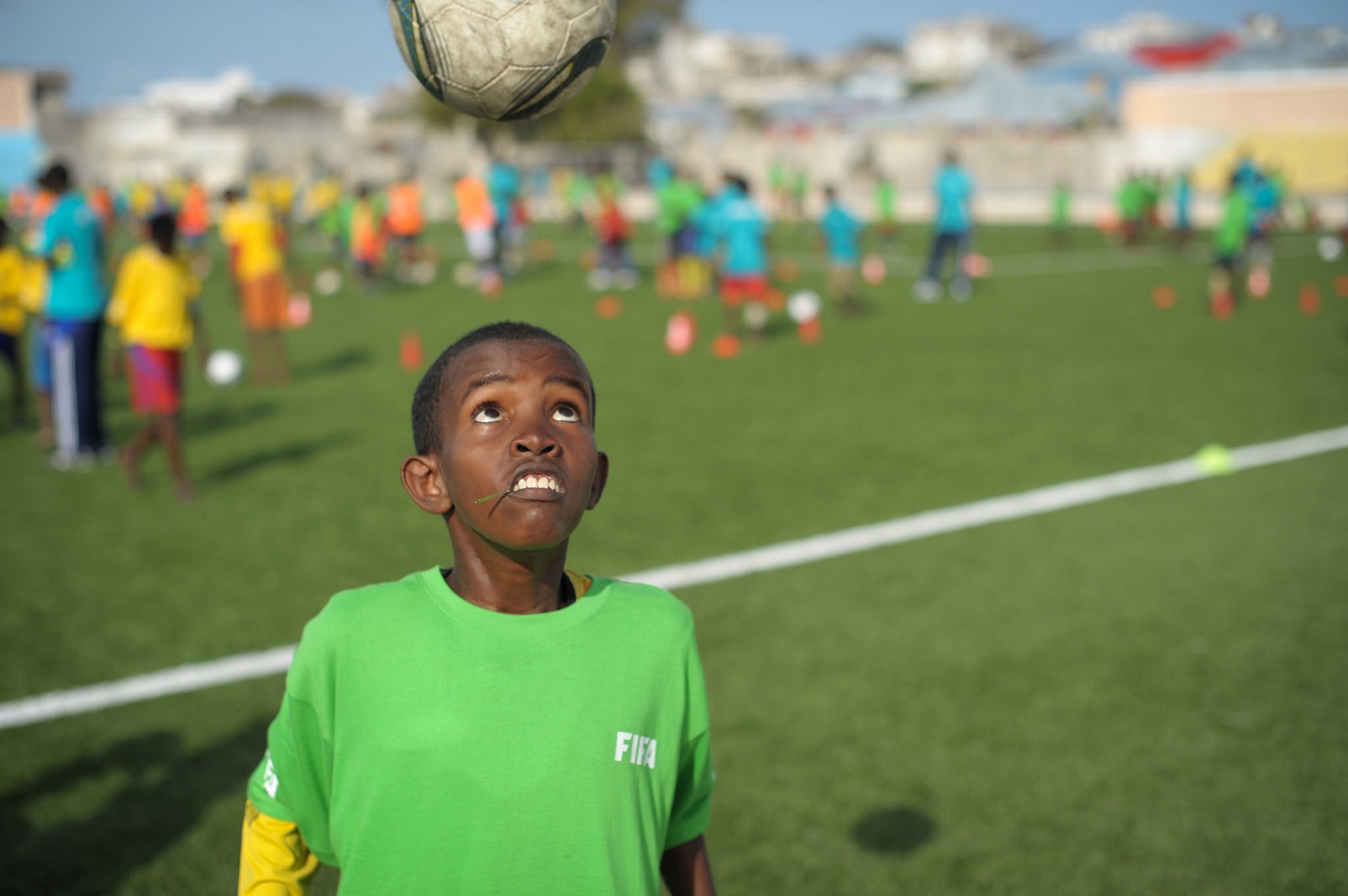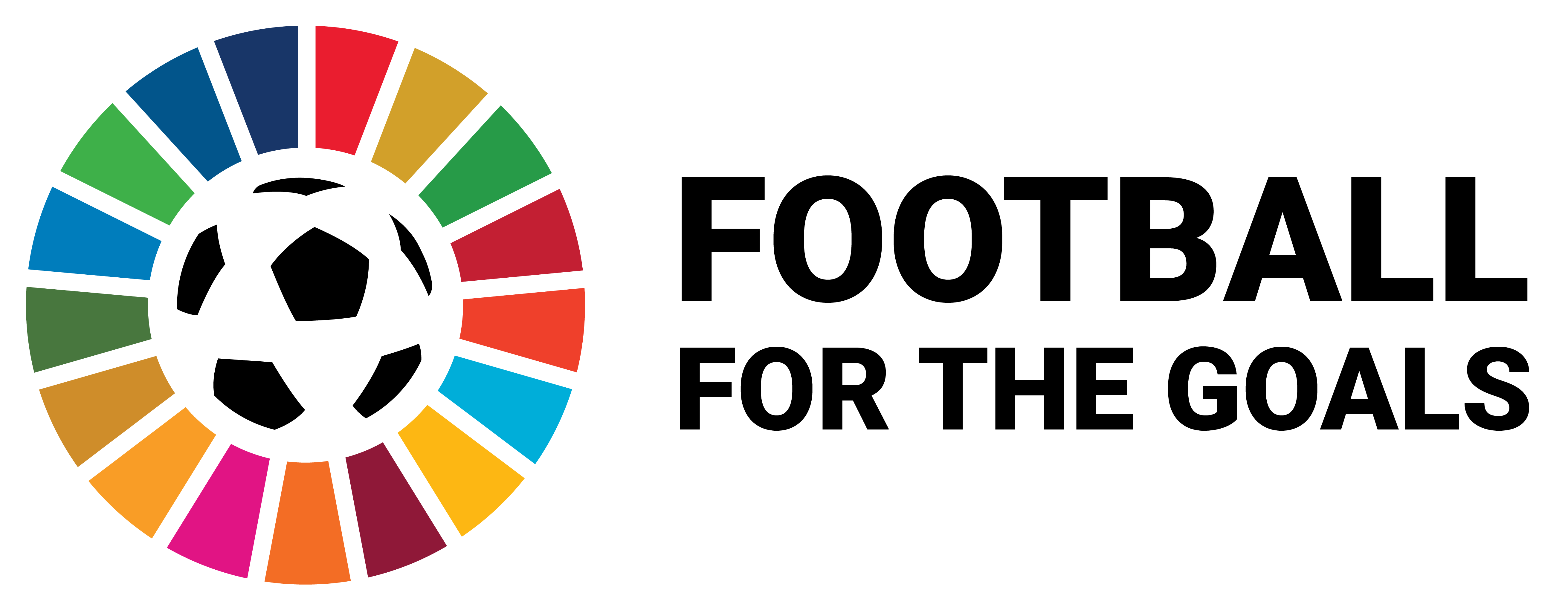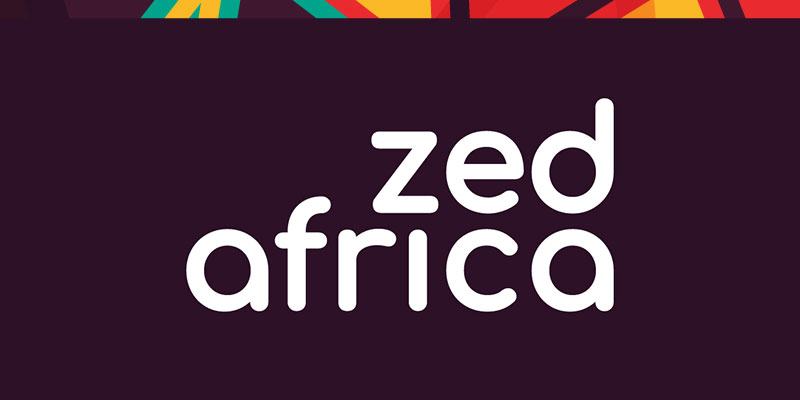
In the preceding article, we started looking at the effect of globalisation on African football and focused mainly on political globalisation. In this article, we look to at the effect of economic globalisation on African football.
Wikipedia defines economic globalisation as the widespread international movement of goods, capital, services, technology and information. It is the increasing economic integration and interdependence of national, regional, and local economies across the world through an intensification of cross-border movement of goods, services, technologies and capital.
Football is a commodity in the global economy and as such the labour of football players are likewise commodities. A key aspect of economic globalisation has been the migration of football players. This has been part of a larger movement of labour from Africa mainly to Europe, but also to Asia and the Americas. The migration to Europe was occasioned by political globalisation as Africans found themselves moving to their (former) colonisers’ countries or countries where they were more comfortable with the language and culture, mainly to provide cheaper labour.
 The flow of African players to Europe increased in the 1980s and 1990s as football in Europe became more commercialised and barriers for entry lowered. In various quarters this would be seen as muscle drain, starving African football of its talented elite for commercial exploitation in the west. On the other hand, it also changed African football as it resulted in more Europe-based African players participating in the Africa Cup of Nations, influencing the style of play and also how African football was perceived globally.
The flow of African players to Europe increased in the 1980s and 1990s as football in Europe became more commercialised and barriers for entry lowered. In various quarters this would be seen as muscle drain, starving African football of its talented elite for commercial exploitation in the west. On the other hand, it also changed African football as it resulted in more Europe-based African players participating in the Africa Cup of Nations, influencing the style of play and also how African football was perceived globally.
It is also important to note that as players left the continent we also had coaches from Europe coming into the continent. These foreign coaches have come at a huge cost to the continent as they are often engaged on expatriate terms. At the same time, they stifle the progress of local coaches as they rarely engage in capacity building, instead of bringing along their own backroom staff.
Further, they have contributed to changing the way Africans play the game of football. Where individual brilliance and creativity once flourished we now have a more disciplined and team-oriented approach to the game that emphasizes on better organisation and risk avoidance. This has more or less killed the flare of African football but at the same time, we have seen ‘better’ performance of African teams at the global stage.
Of course, all this has come at a huge cost to the continent and in my view has slowed down the development of the game. First, by shipping the best talents away from the continent the game in Africa has become less attractive for the local populations who would rather now watch European leagues and competitions leading in low revenue. It has become increasingly difficult to fill stadiums, especially in sub-Saharan Africa.
Secondly, migration of Africa labour to Europe has always been encouraged due to expected remittances back home by professionals. However, in the case of football, it is very difficult to track these remittances if at all they exist and justify the muscle drain. The problem is further compounded by agents who exploit players so that a huge chunk of the money that comes from the trade ends up in private hands starving the continent of the much-needed resources to boost football development.
Football Academies
As football business gained a foothold in Africa, the continent became more connected to the networks of global capitalist sport. Further, the success of African countries, notably Cameroon and Algeria in the 1980s and Nigeria in 1990s attracted a lot of interest in African football talent. This, coupled with the withdrawal of public funding for sports development programmes in many African countries led to the emergence of the football academy industry.
The withdrawal of public funding for sports development initiatives was occasioned by instructions from the World Bank and IMF to cut social spending and at the same time open African markets to competition from foreign and private firms. For Africa, this severely impacted the development of the amateur sport, which provides the bedrock for the industry. This is demonstrated by the state of publicly accessible sporting amenities in the continent. There was no further investment in infrastructure and what was already in place has over time fallen into disrepair.
It also created a gap that was almost immediately filled by the football academies mentioned earlier. Since we have seen a proliferation of these academies with little control over their programs and activities in the continent.
Football academies in Africa come in 4 types: those founded and operated by African clubs and football associations; Afro-European joint ventures; privately sponsored academies and ad hoc academies. The former two have had a measure of success and are seen as good developments for the sport in Africa.

Asec Mimosas products Kolo Touré and Emmanuel Eboué turning out for Arsenal.
A good example is the ASEC Mimosas academy in Ivory Coast that has produced the Touré brothers, Kolo and Yaya.
On the contrary, the privately owned and ad hoc academies, which are the majority, have mainly been used to exploit the continent the same way other resources such as oil, gold and diamonds have been exploited with little or no benefits accruing to the local people and the continent as a whole. A good example is the Aspire Academy founded by the Qatari Sheikh Jassim bin Hamad. The academy based in Doha built academies across Africa under the Football Dreams project with the sole aim of identifying ‘raw materials’ that could be shipped to Qatar for further ‘processing’ and be sold to the global market as a product of Qatar. This project is well documented in the book The Away Game: The Epic Search for Soccer’s next Superstars. A discussion around the book by The Football Scholars Forum can also be accessed here.
Player trafficking
An even bigger problem brought about by the academies, especially the ad hoc academies, is player trafficking. This is where agents with dubious legitimacy step up, offering young African men and their families the opportunity for trials with professional clubs in Europe. Families are often forced to pay upfront for the ‘opportunity’. Once these agents have received payments they take the players to Europe and in most cases abandon them there once the opportunities fail to materialise. Although some of these players are fortunate to find clubs normally in lower leagues, others remain in Europe as illegal immigrants ashamed to return home empty-handed. The agents usually return to Africa for another round of ad hoc academies and the cycle of exploitation continues.
To conclude on economic globalisation, we can say that we have had some success stories with African players moving abroad and doing well, some investing back home in football academies and other businesses. The standards of football have also improved to some extent, at the expense of the African style of play. However, the balance still remains economically exploitative for the continent which has so far been unable to reap the full benefits of the talents it possesses.
In order to tip the scales, a lot needs to be done to address some of the issues raised. First, Africa needs to invest in the game with a strong focus at the grassroots level. Rehabilitation, construction and maintenance of publicly accessible sports facilities are especially important. Just like any other industry, without the required infrastructure we cannot talk about development and growth. Public-private partnerships (PPPs) should play a central role in this. The work cannot be left to governments alone. The challenge, however, is to come up with working business models that make this kind of investment attractive.
Secondly, we need to have tighter controls over the transfer of players outside the continent. Here it is not just about blocking them from moving abroad but making it attractive for them to stay home. We should also consider raising the age at which players are allowed to sign professional contracts. The benefit of this move is three-fold: 1. provide more entertainment for the locals, which increases revenue; 2. we export more mature, well-rounded players; and 3. it could help stem the much talked about the problem of age-cheating. While postponing the age at which African players can move abroad, we should invest in their education with the view of building capacity to manage the game in Africa.
It is with these considerations in mind that The Football Foundation for Africa decided to work on these two pillars: education and infrastructure.
Resources
The Ball is Round: A Global History of Football – David GoldBlatt
African Soccerscapes: How a Continent Changed the World’s Game – Peter Alegi
The Away Game: The Epic Search for Soccer’s next Superstars – Sebastian Abbot
 Back to Blog
Back to Blog 







